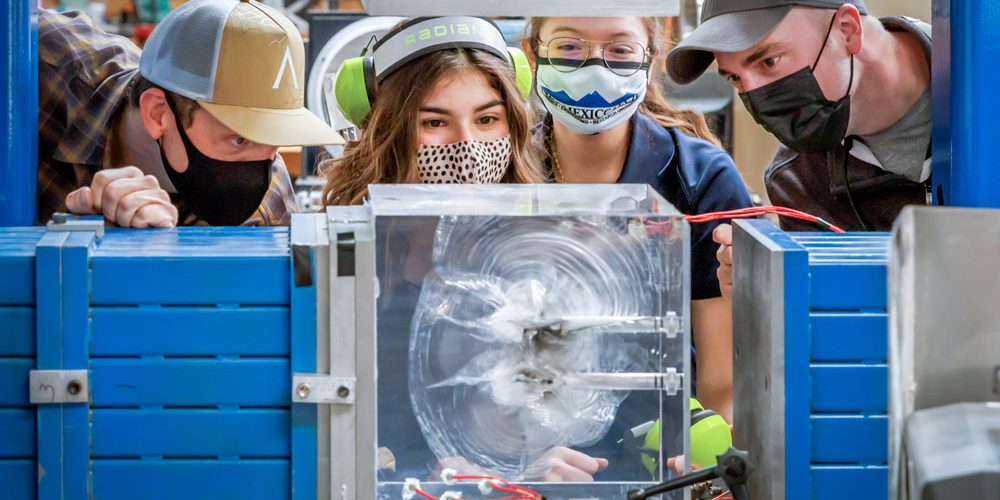Why are scientists setting off small-scale explosions inside 1-foot cubes of plexiglass? They’re watching how fractures form and grow in a rocklike substance to see if explosives or propellants, similar to jet fuel, can connect geothermal wells in a predicable manner.
Geothermal energy has a lot of promise as a renewable energy source that is not dependent on the sun shining or the wind blowing, but it has some challenges to wide adoption. One challenge is that there are only a few places in the United States that naturally have the right combinations of hot rock close to the Earth’s surface with available underground water. Another challenge is the initial start-up cost of drilling and connecting geothermal wells. Eric Robey, a Sandia mechanical engineer, is leading a team to explore if explosives can reduce those two challenges.


